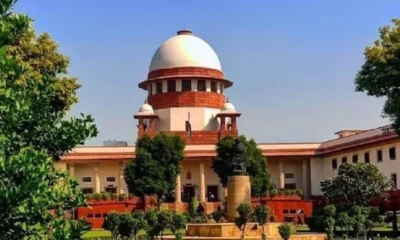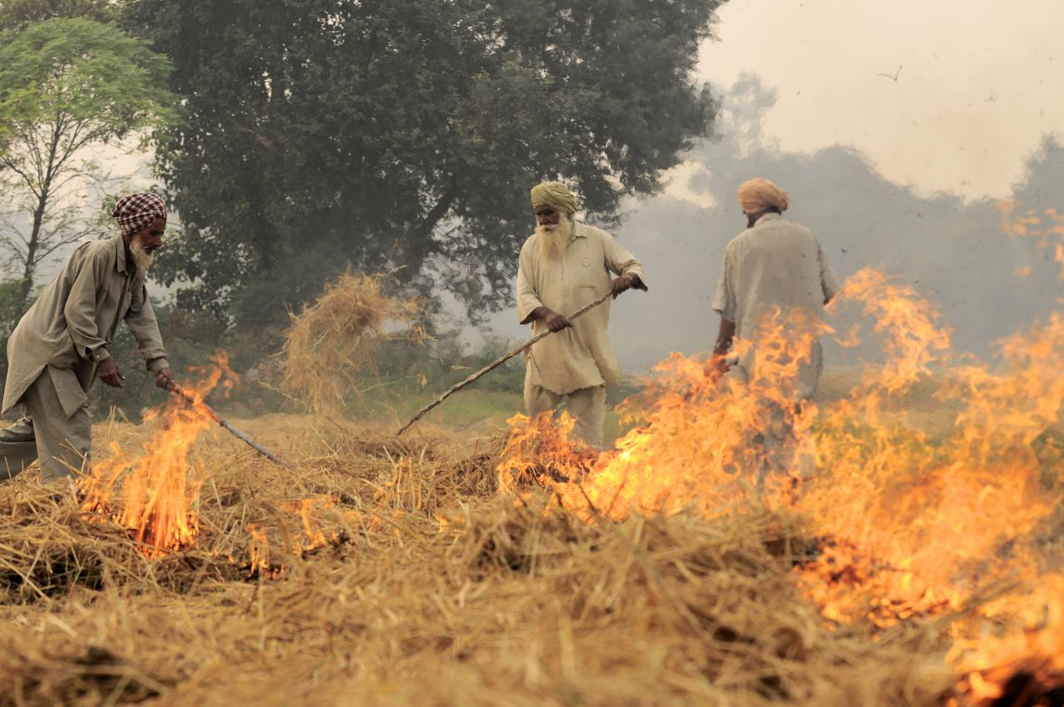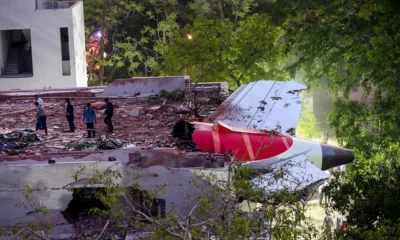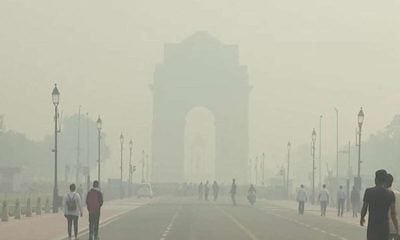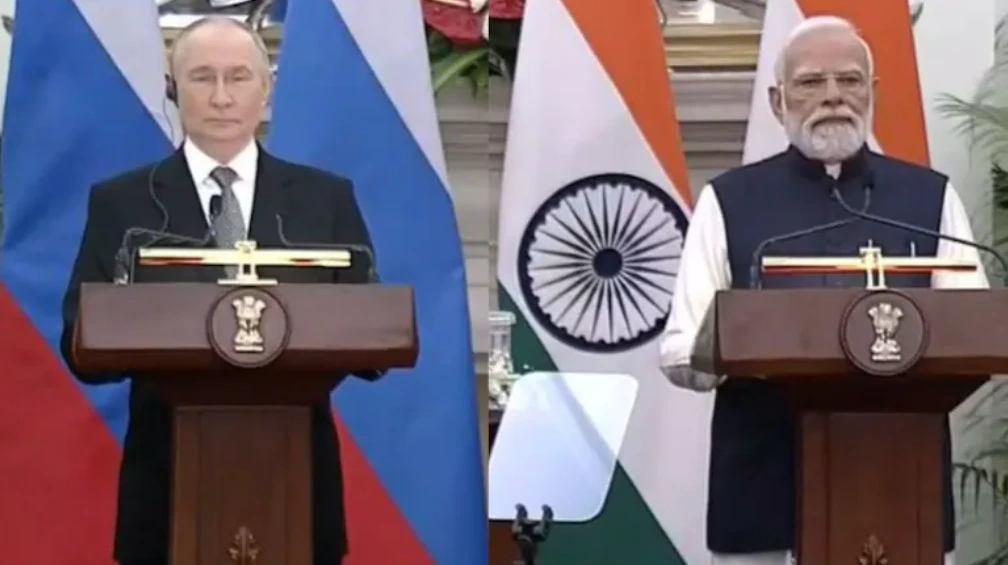[vc_row][vc_column][vc_column_text]The CIC recalled that RBI had earlier disclosed, in response to an RTI application, that bad debt stood at Rs 15,551 crore for the financial year ending March 2012 and that it had shot up by over three times to Rs 52,542 crore by the end of March 201.
The Central Information Commission (CIC) has issued a show-cause notice to RBI Governor Urjit Patel for “dishonouring” a Supreme Court judgment on disclosure of wilful defaulters’ list and told the Prime Minister’s Office (PMO), the Finance Ministry and the Reserve Bank of India (RBI) to make public the letter of former RBI governor Raghuram Rajan on bad loans.
Irked over the denial of information on the disclosure of the names of wilful defaulters who have taken bank loans of Rs 50 crore and above by the RBI in spite of a Supreme Court order, the CIC has asked Patel to explain why a maximum penalty be not imposed on him for “dishonouring” the verdict which had upheld a decision taken by then Information Commissioner Shailesh Gandhi, calling for disclosure of names of wilful defaulters.
Central Information Commissioner M Sridhar Acharyulu, according to ANI, said, “We got RTI for disclosing list of names of wilful defaulters who defaulted on loans beyond Rs 50Cr. A similar RTI was filed earlier in which the earlier Information Commissioner had given an order that names of defaulters can be disclosed along with action taken.”
“In the RTI, RBI bank inspection reports were demanded, RBI resisted & took the matter to the CIC, CIC ordered that info should be given & around a dozen appeals were transferred to SC. SC said that the info has to be disclosed. RBI has the duty to implement the SC orders.”
A PTI report said the CIC pointed out that Patel, speaking on September 20 at the Central Vigilance Commission (CVC), had said the guidelines on vigilance, issued by the CVC, were aimed at achieving greater transparency, promoting a culture of honesty and probity in public life and improving the overall vigilance administration in the organisations within its purview.
“The Commission feels that there is no match between what RBI Governor and Deputy Governor say and their website regarding their RTI policy, and great secrecy of vigilance reports and inspection reports is being maintained with impunity in spite of the Supreme Court confirming the orders of the CIC in the Jayantilal case”, Information Commissioner Sridhar Acharyulu said.
He concluded that it did not serve any purpose in punishing the CPIO for this defiance, because he acted under the instructions of the top authorities.
“The Commission considers the Governor as deemed PIO responsible for non-disclosure and defiance of SC orders and CIC orders and directs him to show cause why maximum penalty should not be imposed on him for these reasons, before November 16, 2018,” Acharyulu said.
He rejected the arguments of Santosh Kumar Panigrahy of the RBI that section 22 of the Right to Information (RTI) Act would not override various laws he quoted, prohibiting disclosure of names and details of wilful defaulters and hence, the RBI should be discharged from the obligations of disclosure.
“His contention that unless the above referred enactments are repealed, the RBI cannot disclose the details of defaulters is also absurd,” Acharyulu said.
He added that another contention of Panigrahy that the pendency of a PIL before the Supreme Court on the issue would prevent him from disclosure was also baseless as he did not present any interim order passed by the Supreme Court preventing the disclosure of names of wilful defaulters or against the proceedings before the CIC.
“These submissions of the RBI show that its legal wing did not bring to the notice of the CPIO that in the RBI vs Jayantilal N Mistry case, a Supreme Court bench consisting of M Y Eqbat and C Nagappan JJ, on December 16, 2015 [Transferred Cases (Civil) Nos. 91 to 101 of 2015], gave a landmark decision, upholding the direction of the CIC to disclose the inspection reports of the RBI and the names of wilful defaulters in many cases, rejecting all the above referred contentions of the RBI,” Acharyulu said.
The information commissioner said in that case, the counsel for the RBI had raised the same contentions, referring to the same cases referred by Panigrahy, and those were straightaway rejected by the Supreme Court.
“The commission finds no merit in hiding the names of, details and action against wilful defaulters of big bad loans worth hundreds of crores of rupees.
“The RBI shall disclose the bad debt details of defaulters worth more than Rs 1,000 crore at the beginning, of Rs 500 crore or less at a later stage within five days and collect such information from the banks in due course to update their voluntary disclosures from time to time as a practice under section 4(1)(b) of the RTI Act,” he said.
In his order, Acharyulu also recalled how the RBI had “lost all their cases and contentions” when they had moved the Supreme Court against the directions of former CIC Shailesh Gandhi. Calling upon administrative officers of CIC to pursue these contempt of court cases against top management of RBI, he asked: “If the banking regulatory like RBI will not honour the constitutional directions, what will be the effect of constitution on securing rule of law?”
Acharyulu also made a fervent appeal to the RBI governor – to remember the farmers who die as they fail to repay their debt – “before defying the transparency law and directions”. He also asked Patel to immediately discontinue the non-disclosure policy saying it would seriously harm the economy of the nation. As per the National Crime Records Bureau, in 2015 along over 3,000 farmers had committed suicide across the country as they were unable to repay their loans.
In his order, Acharyulu also recalled that RBI had earlier disclosed, in response to an RTI application, that bad debt stood at Rs 15,551 crore for the financial year ending March 2012 and that it had shot up by over three times to Rs 52,542 crore by the end of March 2015.[/vc_column_text][/vc_column][/vc_row]


 India News21 hours ago
India News21 hours ago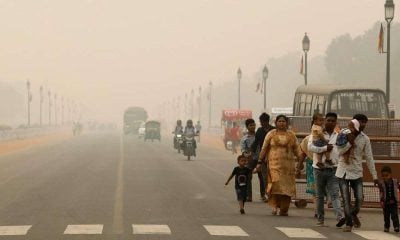
 India News20 hours ago
India News20 hours ago
 Cricket news20 hours ago
Cricket news20 hours ago
 India News6 hours ago
India News6 hours ago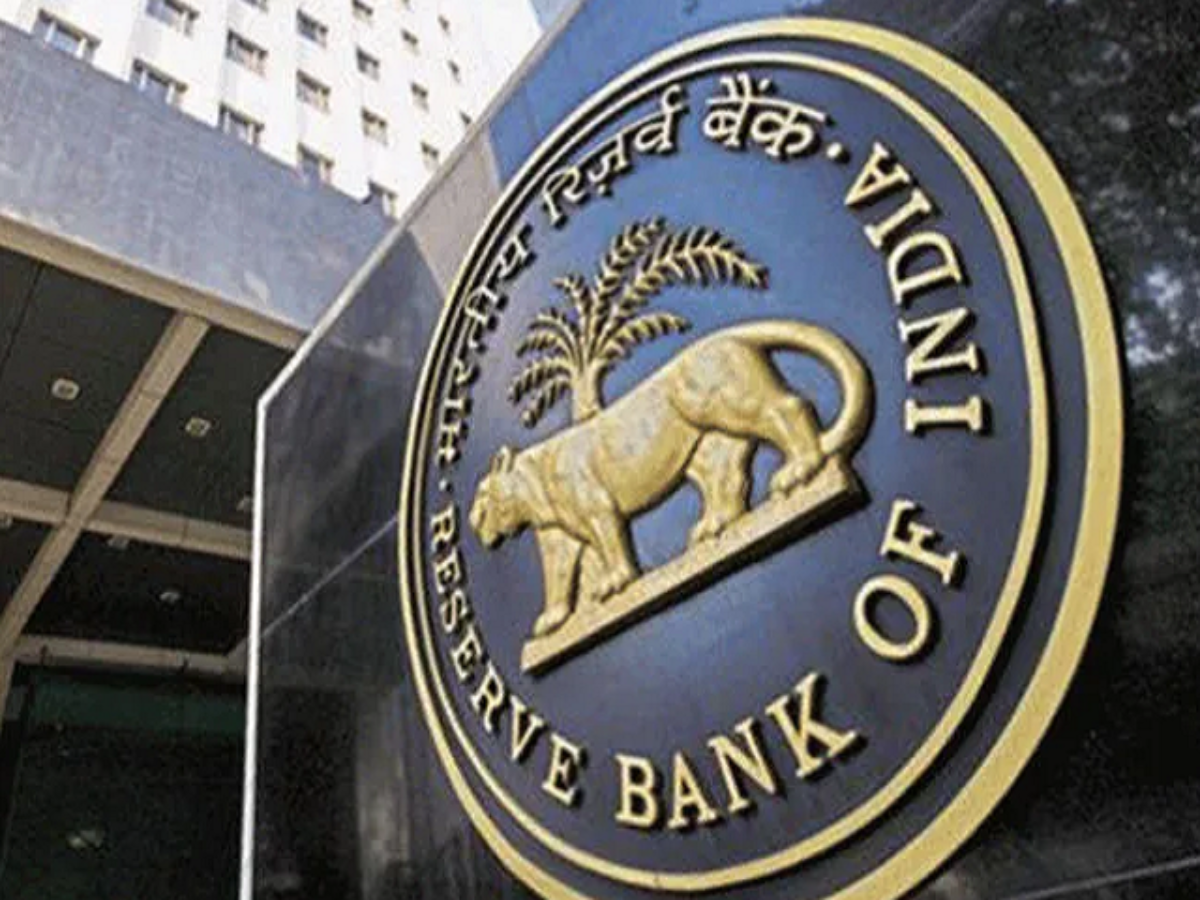
 India News5 hours ago
India News5 hours ago
 Latest world news5 hours ago
Latest world news5 hours ago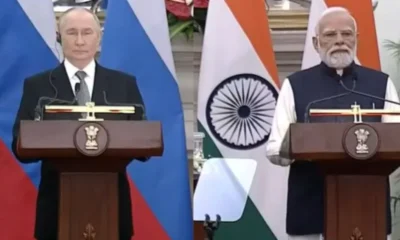
 India News16 mins ago
India News16 mins ago
 Entertainment8 mins ago
Entertainment8 mins ago
